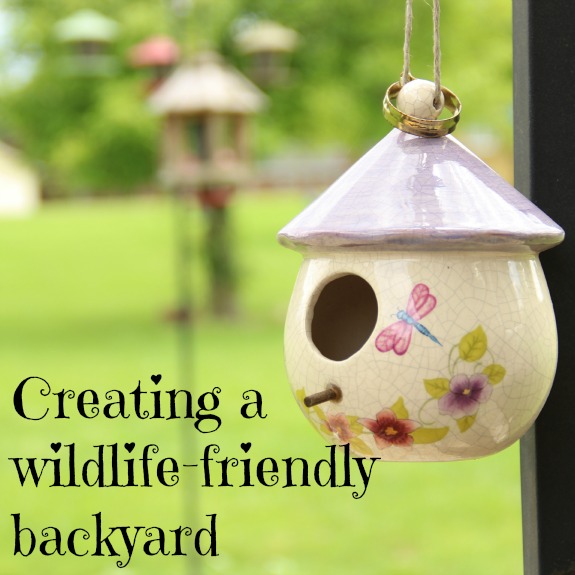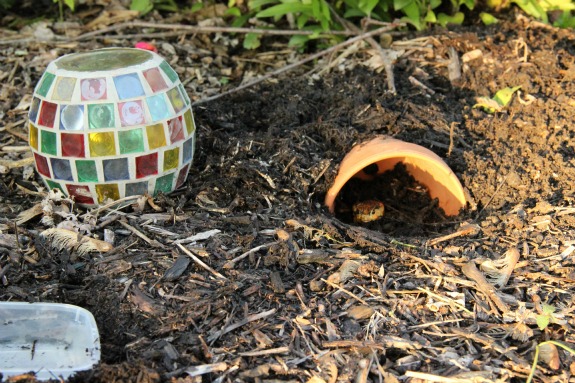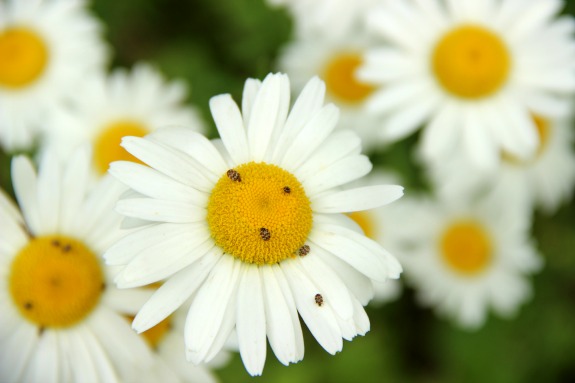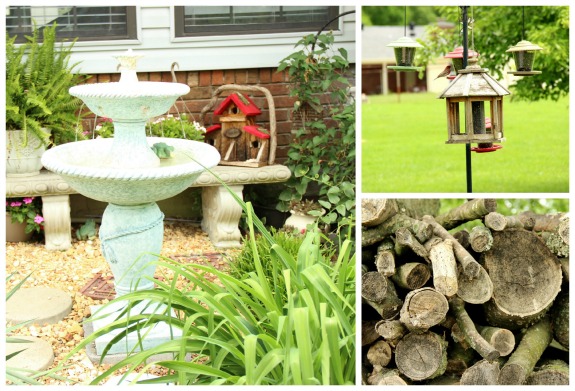Kids love to look at and examine animals. But we don’t always have a backyard that encourages animals to come to us. So, how can you promote animals in your backyard?
First you have to know what kind of animals you are wanting to attract. Are you wanting a variety of birds? What about insects? How can you keep a warty toad near your house for the kids to catch? Here’s a few tips to attract the wildlife that you want in your backyard.
All wildlife have 4 basic needs when deciding where they are going to live: food, water, shelter, and a safe place to raise their babies. To promote any type of wildlife in your backyard, include a variety of native plants and trees. Try to find plants that will bloom at different times of the year, so that the wildlife is always attracted to your yard. Likewise, it is important to use as many native plants as possible, so that the wildlife that has always lived in your region stays in that area.
Here’s a few suggestions for different animals:
Birds:
The two biggest attractions for birds are food and water. Are you attracting just one type of bird? Then make sure you are using a variety of feeding materials.
- Hummingbirds prefer brightly colored flowers and a feeder with nectar.
- Woodpeckers, warblers, and brown thrashers like shelled peanuts.
- Thistle seeds attract finches.
- Blackbirds, doves, and sparrows like millet.
- Cardinals, blue jays, and chickadees like black oil sunflower seeds.
- Slices of an orange are preferred by mockingbirds, orioles, and tanagers.
Once you begin feeding the birds, they will rely on you to continue providing food for them. A clean water supply is also crucial for their well-being; without water, they cannot survive. Make sure your feeders and birdbaths stay full year-round, especially during the cold winter months.
Squirrels:
Most people don’t want to attract squirrels, but kids love watching them. To attract squirrels to your yard, provide a good food source. Besides being a “birdseed thief”, you can also give them their own food source – a corn cob, a pile of walnuts, or a bowlful of acorns. To promote shelter and nesting, provide the squirrels with sheep or alpaca wool. Avoid yarn, which can get tangled around little baby squirrels, and can hold moisture after it rains.
Toads:
Unlike frogs, toads only require a small amount of water. To encourage a toad to explore your yard, you need to provide just a small habitat – a home for him to retreat to when the sun is hot, a small water pool, and plants nearby. If you want him to return every year, make sure you also include an easy way for him to hibernate. If you place a piece of tubing into the ground adjacent to the toad house, you are encouraging the toad to hibernate in your yard, and will more likely stay for future years.
Insects:
Insects are a necessary part of any backyard habitat; without them, many of the other critters in the backyard would not stay around. So, be kind to your insects! Here’s a few suggestions:
- Build an insect hotel, which will encourage the insects to nest and winter in your backyard. A simple pile of wood with holes of different widths will encourage mason bees and other flying insects to make their homes there.
- Provide plenty of undergrowth and cover. Plant flowers close to the ground as well as taller grasses. This will allow multiple different types of insects a safe haven – as well as bring in other critters such as chipmunks and rabbits.
- If you want to attract butterflies, provide plants for each stage of the development. Adult butterflies love brightly colored flowers that have lots of nectar, like zinnias. Also include plants that their larvae enjoy, such as milkweed for monarchs and carrots, dill, and parsley for black swallowtails. This way, you can experience the complete lifecycle – from eggs to caterpillar to butterfly.
Once your backyard oasis is complete, make sure you have a pair of binoculars on hand, and some field guides to learn more about the animals you are studying. Take the time to observe the critters in action. Your kids will love you for the wildlife you’ve brought into your backyard, and they will spontaneously want to start learning about them!
What plans do you have to encourage wildlife in your backyard?















Dear Leann,
Valerie always wants me to discourage insects from getting closer to our home, but I will just tell her that we need a more wildlife friendly yard. Thanks! You just saved me a ton of time!
Mark